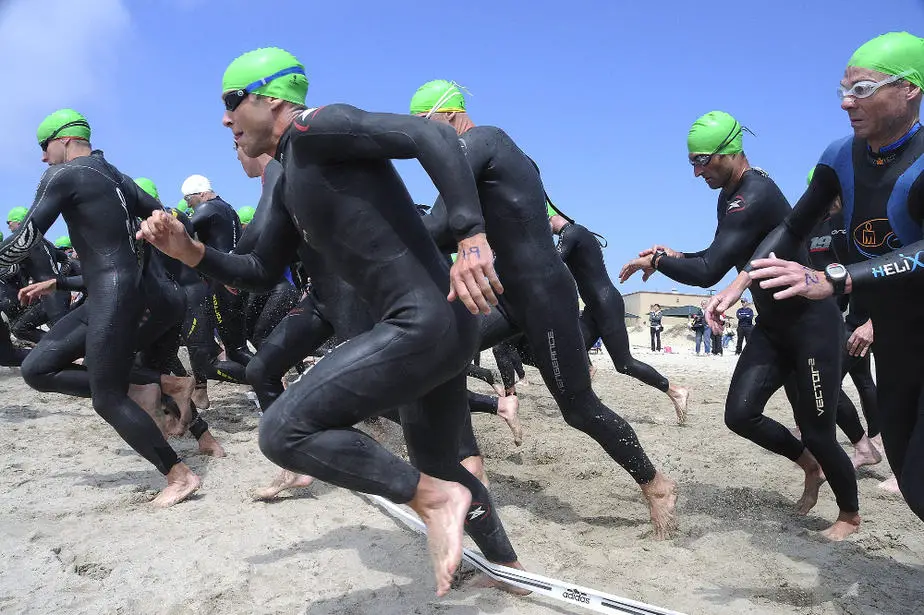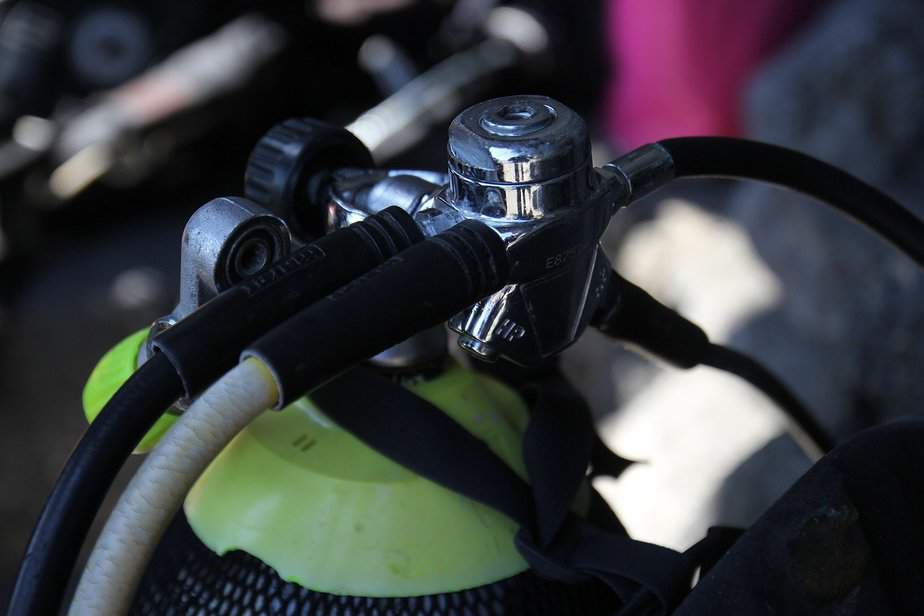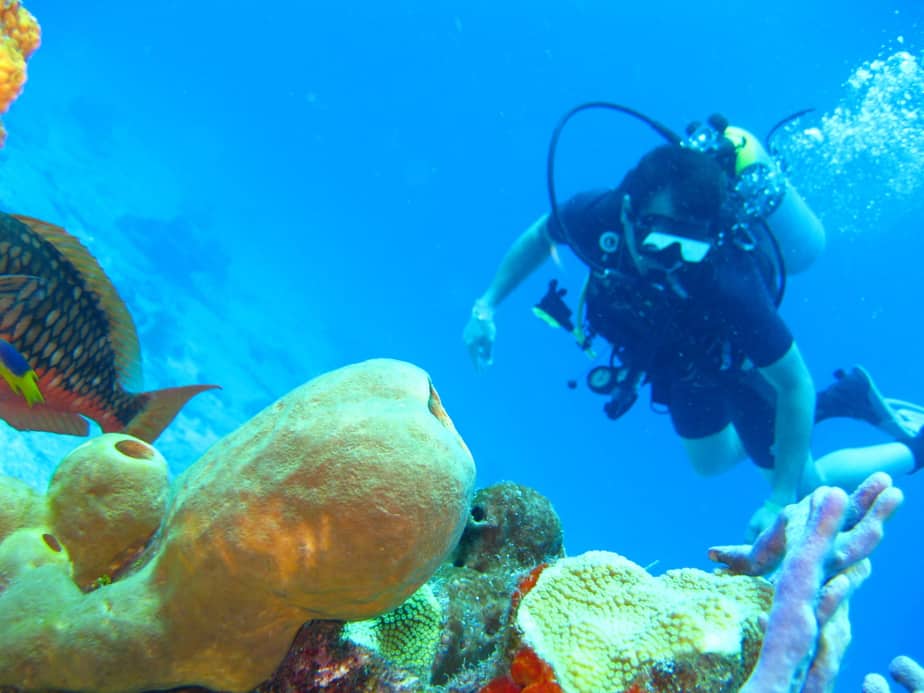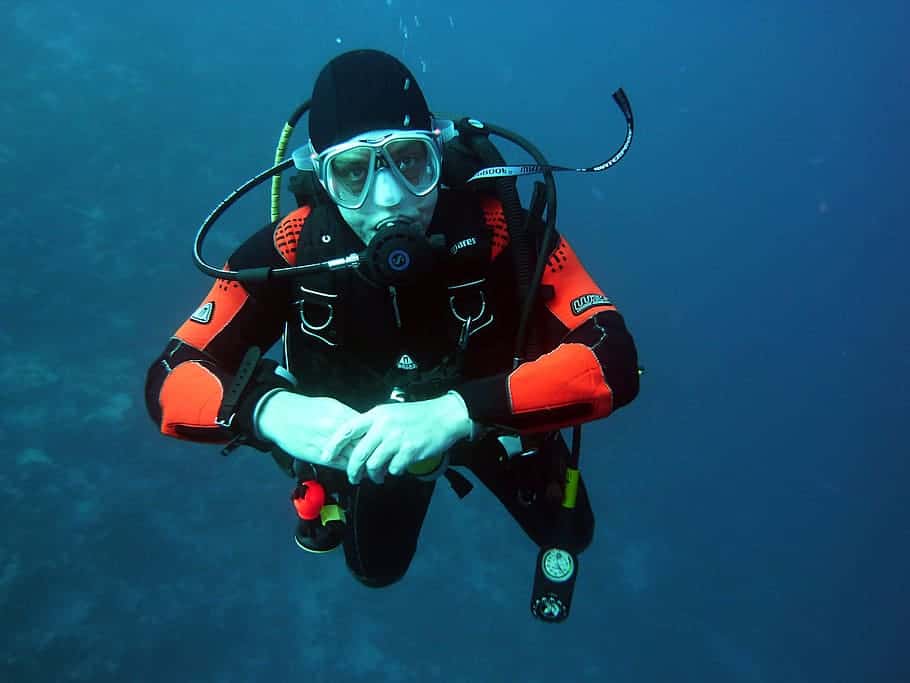Women’s wetsuits are not fundamentally different from men’s suits, but they do need to be structurally different. The basic composition of a women’s suit is identical to a men’s suit. Both are made primarily of neoprene.
Neoprene was actually the first synthetically mass-produced rubber compound. It contains small pockets of gas within rubber foam. The gas used for wetsuit creation is nitrogen. The gas provides insulating properties, while the foam gives elasticity to the material that would otherwise be lacking.
Both properties are essential for women’s wetsuits, as well as men’s to function properly. A wetsuit needs to be form-fitting, to prevent the exchange of water from inside to outside from occurring and keep you warm (very desirable for most water sports). This is important because if water is continuously exchanged, your body must constantly heat new, colder water back up to body heat.
Your body’s heat levels are much higher than the warmest ocean water, which causes the water to leech heat off of you. The wetsuit counters this by trapping a small layer of water next to your skin. Once this thin layer of water is heated to body temperature, it, in conjunction with the neoprene, forms a thermally protective barrier against the outside water temperature.
This barrier is only effective when the layer of water is too small to sustain currents, which could cause leakage. And that is why, while common in principle, women’s wetsuits are structurally different from men’s. A woman is typically larger in the hips, smaller in the shoulders, and larger in the bust than a man of similar height. This means that two areas of a wetsuit could potentially fail, while another sported large pockets of useless water within the suit.
Instead, women’s wetsuits can be manufactured to their specific body, ensuring a good fit. A good fit that is snug without restricting movement is the key to a wetsuit that is comfortable and effective. Without both features, one aspect or another of the wetsuit’s design will be going to waste. This is especially important to remember if you are going to go on a tourist dive and will be working with a rental suit.
The selection is often limited in these locations, because the cost of maintaining hundreds of wetsuits, only a few of which are used, can be a deal breaker for a business. You should ensure that you get as good a fit as possible within their selection.
One thing that has made all wetsuits, including women’s wetsuits more comfortable and easier to wear is the addition of nylon sheeting to the neoprene. Neoprene itself is prone to sticking to wet skin, and it can tear when subjected to large amounts of lateral stress. So it was an extremely delicate process to don and remove a wetsuit. Nylon backing allowed a wetsuit to slide on and off, and it also added strength to the suit itself. Soon, nylon was placed on each side of the suits, to better protect both the inside and outside of the neoprene.






